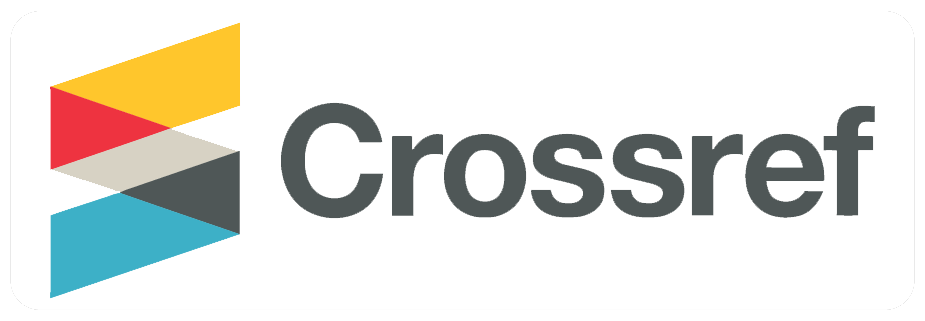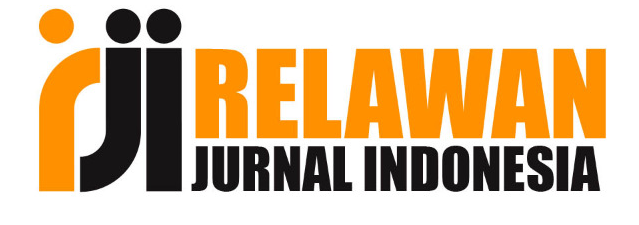Penerapan Metode SAW (Simple Aditive Weight) Dan AHP (Analitical Hirarchi Process) Dalam Menentukan Kategori Penduduk Miskin
DOI:
https://doi.org/10.36982/jiig.v13i1.2065Abstract
Residents are all people who are domiciled in the territory of the Unitary State of the Republic of Indonesia for 1 year or more or those who are domiciled for less than 1 year (2020 Population Census concept). Based on the mandate of the 1945 Constitution, especially articles 33 and 34, the state is responsible for protecting the entire Indonesian nation and promoting general welfare in the context of realizing social justice for all Indonesian people. To facilitate interpretation, changes in welfare levels were assessed according to ten (10) criteria for poverty, with the variables set by the Social Service and the Central Statistics Agency.Poverty is a condition of limited ability to meet the needs of a decent life such as limitations in income, skills, health conditions, mastery of economic assets, or access to information. Measurement with a monetary approach can be done using expenditure data as an approach to household income. Then this expenditure data is compared with a limit of the rupiah exchange rate needed to meet the minimum living needs. This limit is often referred to as the poverty line. There are various indicators in determining the poor population, namely based on the status of the house, occupation, number of dependents, fuel for cooking, water sources, and electricity. Determining the poor has problems because they have to sort the data values of each data sheet in the form of paper,The decision support system using the Simple Additive Weighting (SAW) and Analytical Heirarchy Process (AHP) method takes a case study in Sembawa sub-district. The decision support system can assist decision makers in Sembawa District in determining the poor, and can be used as a basis for providing assistance.
Â
Keywords : DSS, SAW, AHP, Poor, Criteria, weight.
References
Istianto Wahyu, Suparni & Pohan Baroqah Achmad 2020, ‘Sistem Pendukung Keputusan Pemberian Pinjaman Pada Kopwali Tangerang Dengan Metode AHP dan SAW ’ , Indonesian Journal on Computer and Information Technology (IJCIT),Vol.5, no.1, hh.21-30.
Lestari Endang 2017, ‘Kolaborasi Metode SAW Dan AHP Untuk Sistem Pendukung Keputusan Penilaian Kinerja Asisten Laboratorium’, Jurnal Sistem Informasi (JSI), vol.9, no.1, hh. 1204-1215.
Mahendra Surya Gede & Aryanto Ernanda Yota Kadek 2019, ‘SPK Penentuan Lokasi ATM Menggunakan Metode AHP dan SAW’, Jurnal Nasional Teknologi dan Sistem Informasi, vol. 05, no. 01 , hh.247-257.
Marbun Erikson & Hansun Seng 2019, ‘Sistem Pendukung Keputusan Pemilihan Program Studi Dengan Metode SAW Dan AHP ’, Jurnal Ilmiah (ILKOM), vol. 11, no.3, hh. 175-183.
Lestari Yuniarti, Sunardi & Fadlil Abdul 2020, ‘ Seleksi Peserta Didik Baru Menggunakan Metode AHP Dan SAW ’ , Jurnal Sains Komputer & Informatika (J-SAKTI), vol. 4, no. 1 , hh. 18-28.
Nofriansyah Dicky & Defit Sarjon 2017, Multi Criteria Decesion Making (MCDM) Pada Sistem Pendukung Keputusan, Deepublish, Padang.
Permatasari Diah, Sartika Dewi & Suryati 2018, ‘Penerapan Metode AHP Dan SAW Untuk Penentuan Kenaikan Jabatan Karyawan’, Jurnal Teknik Informatika dan Sistem Informasi , vol. 5, no. 1, hh. 60-70.
Qiyamullaily Arista, Nandasari Silvia & Amrozi Yusuf 2020, ‘Perbandingan Penggunaan Metode SAW Dan AHP Untuk Sistem Pendukung Keputusan Penerimaan Karyawan Baru’, Engineering and Sains Journa(Teknika), vol. 4, no. 1, hh.7-12.
Sumanto 2018, ‘Metode AHP Dan SAW Untuk Penerimaan Siswa’ , Jurnal Informatika Merdeka Pasuruan, vol. 3, no. 3, hh. 50-56.
Terttiaavini, F. Z., Ramadhan, M., & Saputra, T. S. (2019). Design a decision support system to evaluate the performance of Indonesian lecturers by developing a simple additive weighting method. International Journal of Advanced Science and Technology, 28(11).
Ulandari Ari Wayan Ni , Dantes Rasben Gede & Divayana Hendra Gede Dewa 2018, ‘Implementasi Metode AHP dan SAW dalam Sistem Pendukung Keputusan Prediksi Potensi Akademik Mahasiswa STMIK STIKOM Bali’ , Prosiding Seminar Nasional Pendidikan Teknik Informatika (SENAPATI), Ke-9, hh : 223-227.
Downloads
Published
How to Cite
Issue
Section
License

This work is licensed under a Creative Commons Attribution-ShareAlike 4.0 International License.











